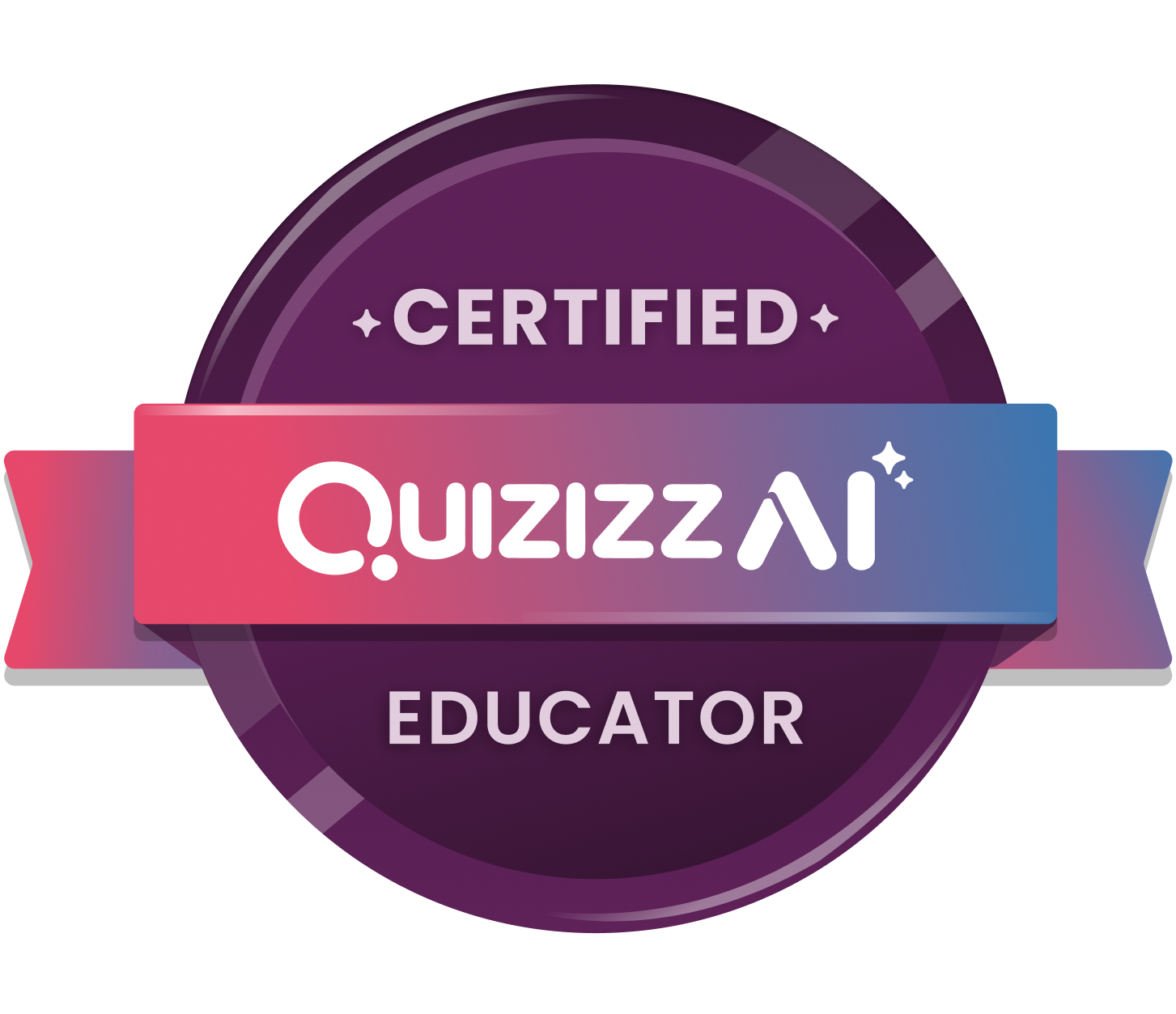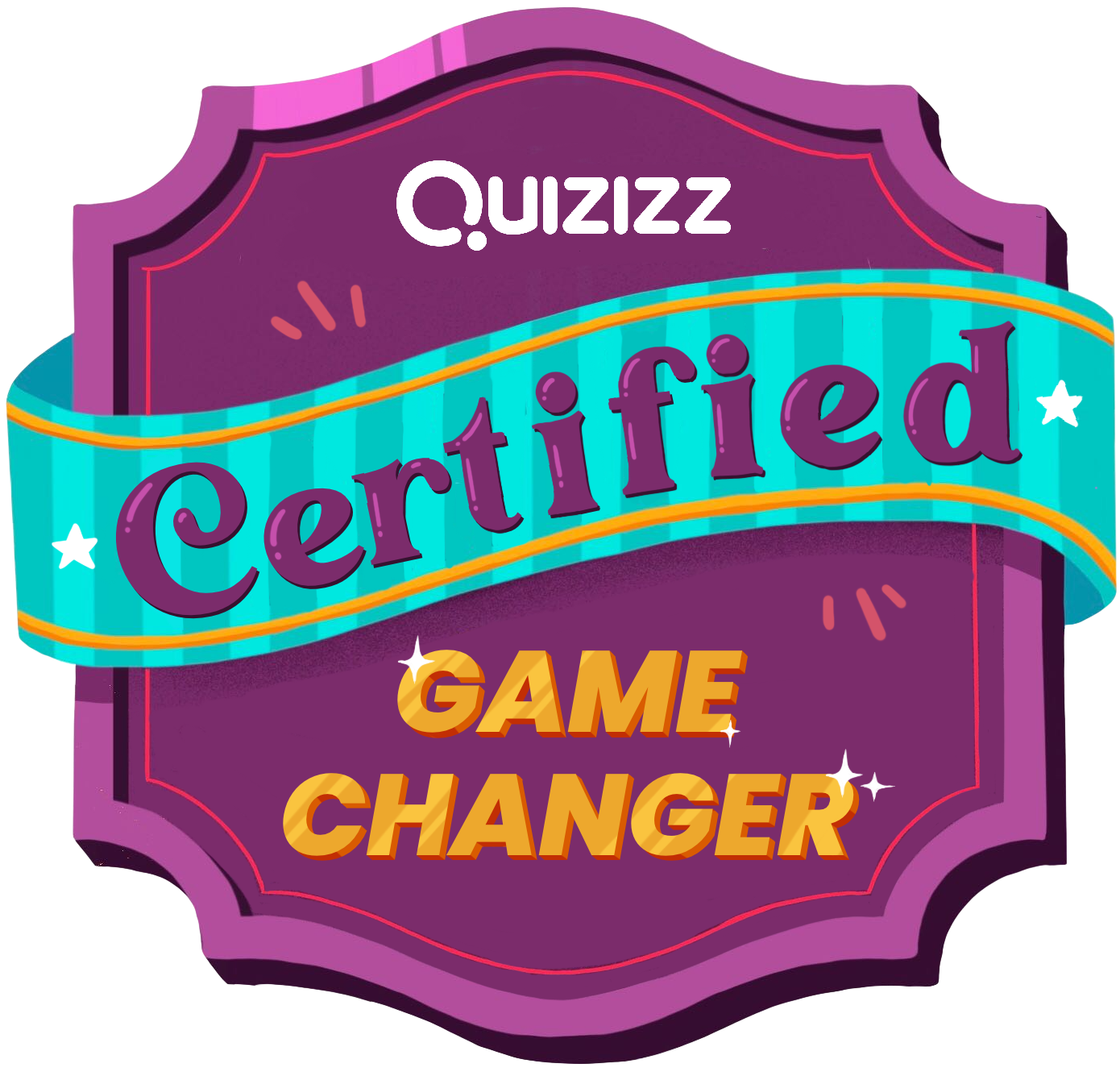[This is part of a series of posts I’m writing as I reflect on another online course I’m taking this summer, Stanford University’s EDUC115N How to Learn Math. Sure, I’m a Science teacher but I have taught Math so I’m familiar with Math instruction. Besides, we do use Math in Science so it’s not like I don’t do any Math with my students and my NB certification is an early adolescent generalist, which means I’m an integrationist at heart.]
 Growth Mindset Task Framework
Growth Mindset Task Framework
Openness
Different ways of seeing
Multiple entry points
Multiple paths / strategies
Clear learning goals and opportunities for feedback.
In my last post I shared some talk moves you can use, especially with mixed ability Math class so that we can stop ability grouping! In this post you get five ways to help establish a growth mindset in all your students. Arrange tasks so that they meet as many of the five ways listed as possible. It may be as simple as how you ask or frame a question or it may mean asking completely different questions. Many Math textbooks are filled with one answer only, closed-ended questions instead of open-ended questions with multiple paths towards solutions. Some Math curricula is better than others when it comes to learning Math as well as to establishing a growth mindset classroom culture. I mentioned in an earlier post that my favorite curriculum was the Connected Mathematics Project or CMP. It was the first and only Math curriculum that taught Math in ways I’ve never seen before. Instead of me teaching kids HOW to do Math kids were figuring out HOW to do Math on their own. Struggling and working hard was part of the way it was supposed to be taught, both important in a growth mindset.
Since I wasn’t teaching kids HOW to solve problems and kids were solving problems in any way that they could figure out CMP offered open-ended problems (number 1 of the framework) which also gave kids different ways to come up with solutions covering all five parts of the growth mindset task framework! A complaint teachers had with the version of CMP that we adopted was that it didn’t have enough practice problems (a kick back to more traditional Math). I guess enough schools complained about that because I heard that CMP fixed that problem offering more practice problems to their series.
So I’m torn between the need to offer practice problems. I don’t think it’s necessary, at least not for all kids but I don’t know what the other option is. The year I taught with CMP I did a few things differently than what was expected of me because even though I agreed with the way CMP taught kids Math I disagreed with the need to rush through the curriculum. They suggested that we go through five to six books in one year. When I taught it, helping kids along, we got through three books and I felt that was a good pace and WITHOUT practice problems. Teachers in the next grade level were upset because they thought that they had to take up the slack by having to do their five or six books plus the three I never got to.
I couldn’t convince them that was not necessary. Dr. Boaler shows studies that prove that if kids do Math deeply for understanding they don’t need to cover as much curriculum to do well on standardized tests. The research is clear and teacher know this too, that covering all the curriculum that is being tested doesn’t help kids do any better. Yet why don’t they slow down and help kids really get and learn Math, which is shown to improve test scores to boot?! I don’t get it.
The research is also clear that teaching to the test doesn’t necessarily improve test scores and more than that they found that students who engage in problem solving outscored kids who took practice tests! Which sucks for schools who are drilling their kids to death with benchmark tests. So yes, taking tests doesn’t help kids pass tests, something I’ve written about when I share how I spend very little time each year preparing my 8th graders for their state Science test. This is also something that Mark Barnes attests to in his book, ROLE Reversal, he doesn’t torture his kids with unnecessary test prep and they outscore kids who do.
So education needs changing and so does Math. How will we get Math instruction in our classrooms to stop looking like the Math instruction of old?

































































